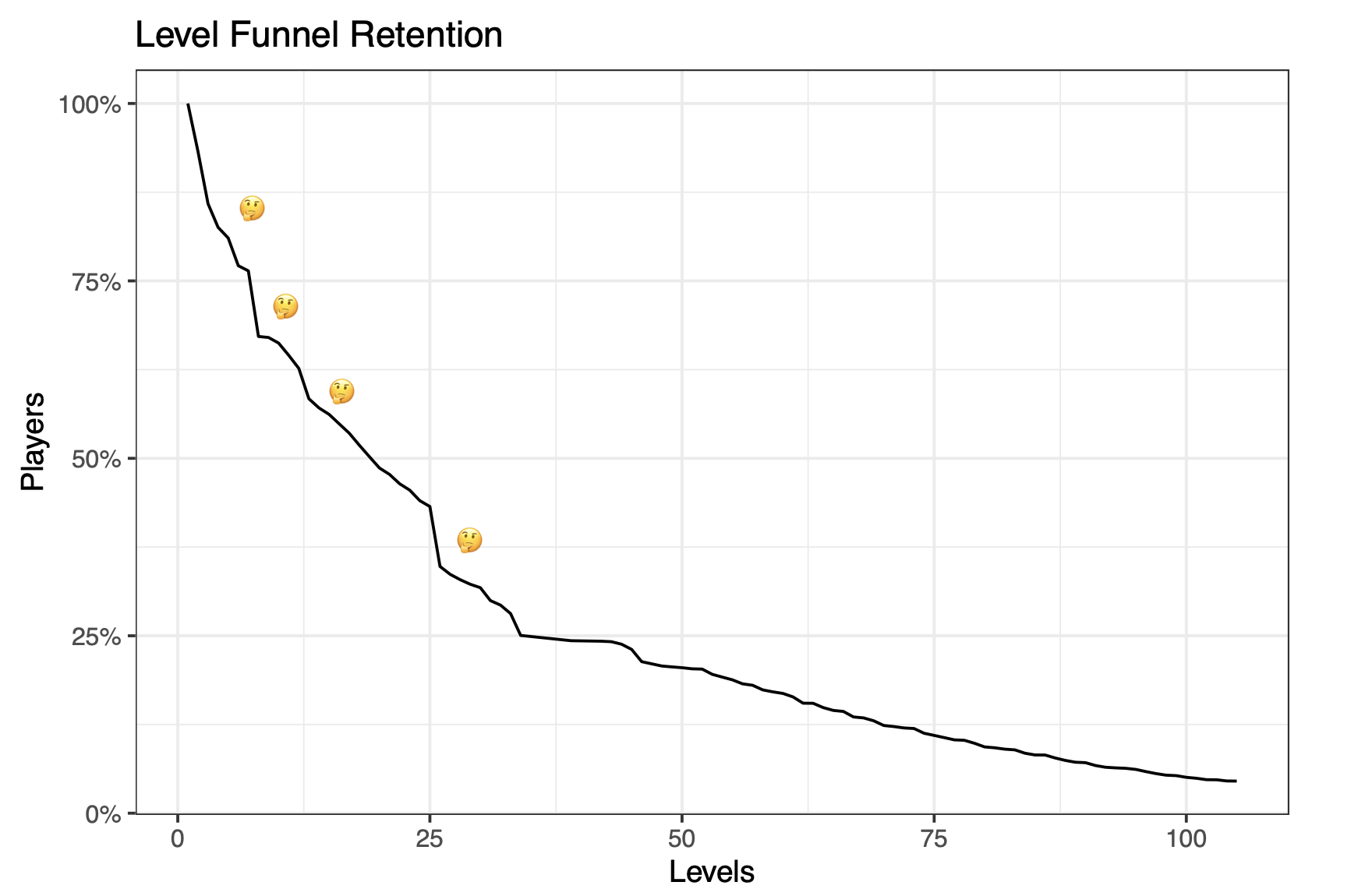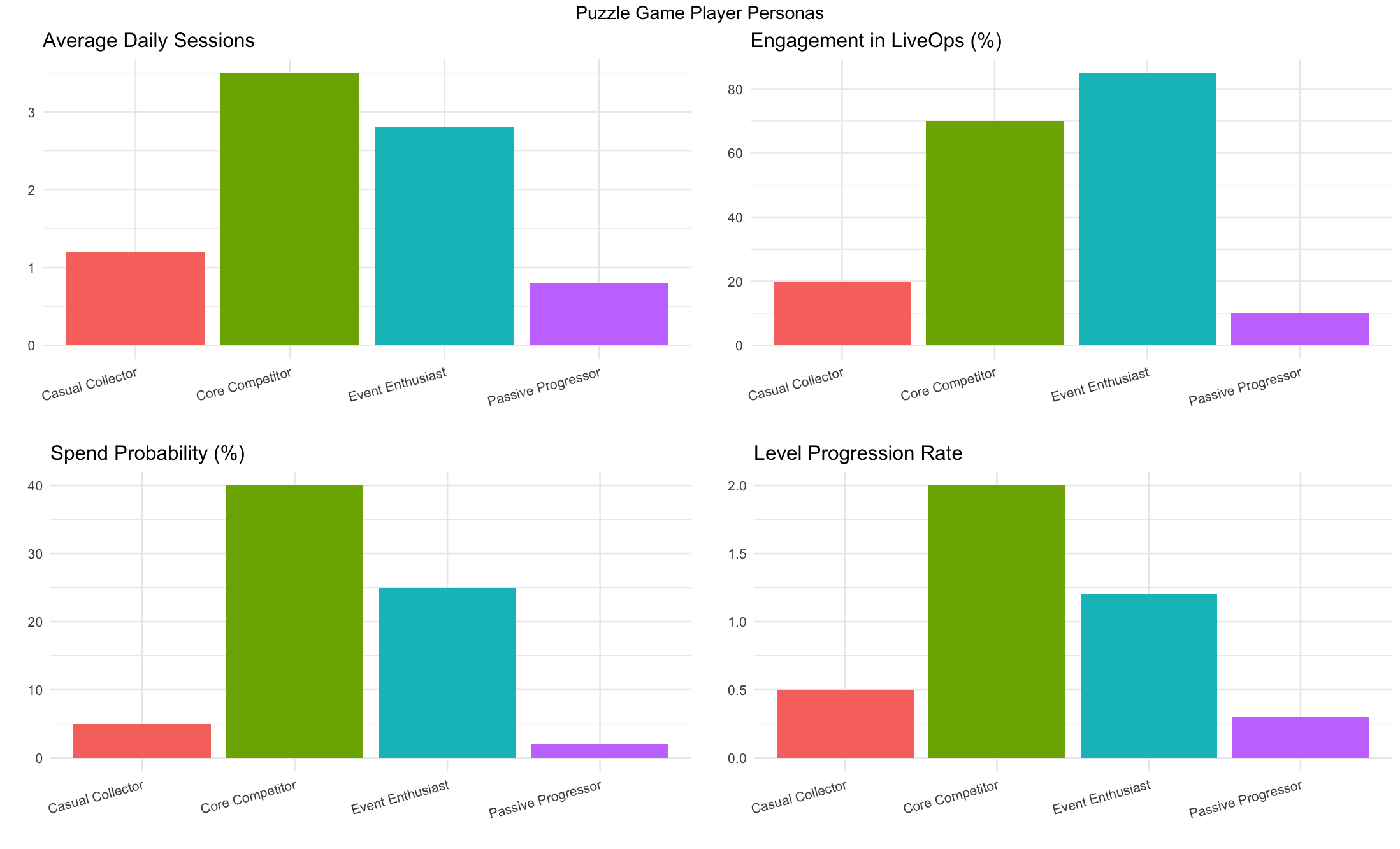Qualitative + Quantitative = Full Picture
It is the time of data driven game development but why talking to players still matters in this era?
I believe most of the time data gives us answer to “what” players are doing. If we want to understand “why” they are doing certain things we need to listen to them. For example understanding churn is one of the key steps to improve the game. We can look at the data and have some hypothesis about where we are losing our players in the funnel. UXR can help to uncover what creates frustration via interviews, surveys then we can how we can help players.

When to Start UXR in Mobile Gaming?
Studios should have the full support of user research teams during all the stages of game development.
- Early game concept: make sure the game has a market fit
- During Prototyping: find out what is confusing or rewarding
- Soft Launch: optimise the funnels, tutorials, etc.
- Live Game: test new features, liveops ideas
What are the ways to perform UXR in Game Development?
The most common ways are
- Play testing: it could be internal or external, it could be for new features, tutorials, funnels
- FTUE testing: to understand if players are enjoying the game since start and to find out problematic areas
- Interviews: deep dives into behavior/motivation
- Surveys: usually with some in-game pop-ups (sometimes it takes players to browser) and the game reward players after completing
- Social media tracking: check on what players are talking about your game
My Experience with Collaborating UXR as Game Analyst
Working with user research teams are one of my favourite things to do as game analyst. I am kind of a bridge with business and UXR. I help them to access/organise game play data of survey respondents, create personas and improve pipeline of how we collect/deliver survey data.
For instance, in my experience creating personas based on session frequency, feature engagement, and monetization behavior — helps game teams optimise LiveOps, create personalized offers, and improve feature design to real player behavior instead of one-size-fits-all strategies.

How you can make it work? For example monitor your data to find a segment with a behavior spike/drop. Follow up with research to ask why it happened. The next step could be forming hypotheses for A/B tests to improve product.
We shouldn’t be only looking at dashboards to understand players, we should be listening them actively via all channels I mentioned above and in every stage of development.